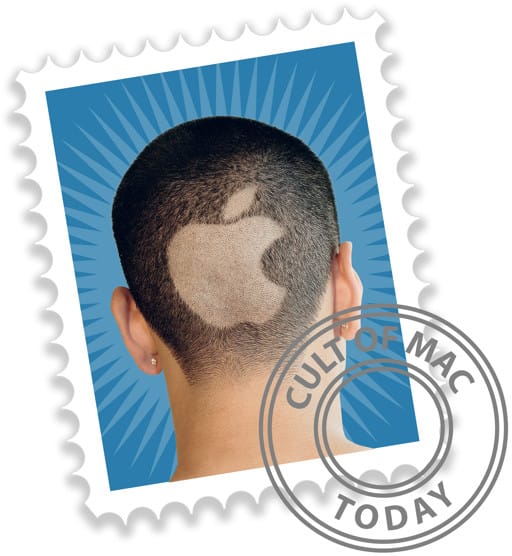At the risk of sounding like a cranky old rocker: you people just have no idea how good you have it.
The ease with which you can put together a fairly amazing-sounding song with that iPad and a few peripherals is darn near insulting, considering the kind of stuff we used to have to do, back in the day.
When I was in a band in Los Angeles in the 1990s (no applause, really, please), we recorded a little demo on a friend’s recording set up. This was a full-on audio workstation that used, joy of joys, Alesis Digital Audio Tape, (ADAT) a thrilling new technology that let you record up to eight tracks at once. My buddy linked up two of these bad boys for a full 16-track mini studio, and we spent weeks in that smelly room playing the same 10 songs, over and over to get them right. If we screwed up a part, we’d have to back up to the beginning again, a laborious process that certainly extended our timeline exponentially, newbie recording musicians that we were.
Soon after that epic effort, I wanted to do some of my own recording, but I really didn’t have the money to buy the kind of crazy-expensive equipment that we had used on our demo tape (remember tape?), so I turned to my Mac, a Performa 638CD that the salesman at Circuit City had sold me without mentioning that PowerMacs were just about to come out. Jerk.
Anyway, I lost a few brain cells learning some arcane audio recording software enough to just scrape by. I’m not sure I remember which software it was (brain cell loss, remember?) it might have been Cubase, Logic, or ProTools, but to say these were overkill (and darn pricey) is an understatement. They were hard to learn, and you needed a ton of weird equipment to connect MIDI keyboards or drum machines to the thing, so I didn’t even bother.
Macs continued to play a role in my music, but not to any huge extent. I’d rather be a musician than a recording engineer — and that was what you’d need to be to make older equipment and software sound halfway decent.
Flash forward to 2004. Steve Jobs announced Garageband, with a little help from John Mayer. Here, finally, was multi-track recording software for the rest of us. A little program that would let me record live music, use pre-recorded loops like the most expensive software at the time, and mix it all down to something that I could then burn to a CD and play in my car? All for the cost of, well, next to nothing? Sign me up, right now.
The next few iterations of the Garageband software added amazing technological advances, like recording more and more tracks at once, pitch correction and automated pan tracking (moving the audio from one side of a stereo signal to the other). The ability to easily create and edit Podcasts led to my short stint as a podcaster, in fact.
Now you’ve got this ridiculously advanced audio recording software on an iPad. A tablet that you can slip into a backpack and just go. It’s a glorious time to be a musician with this kind of ability within your reach. Just be sure and know you’re totally spoiled.


